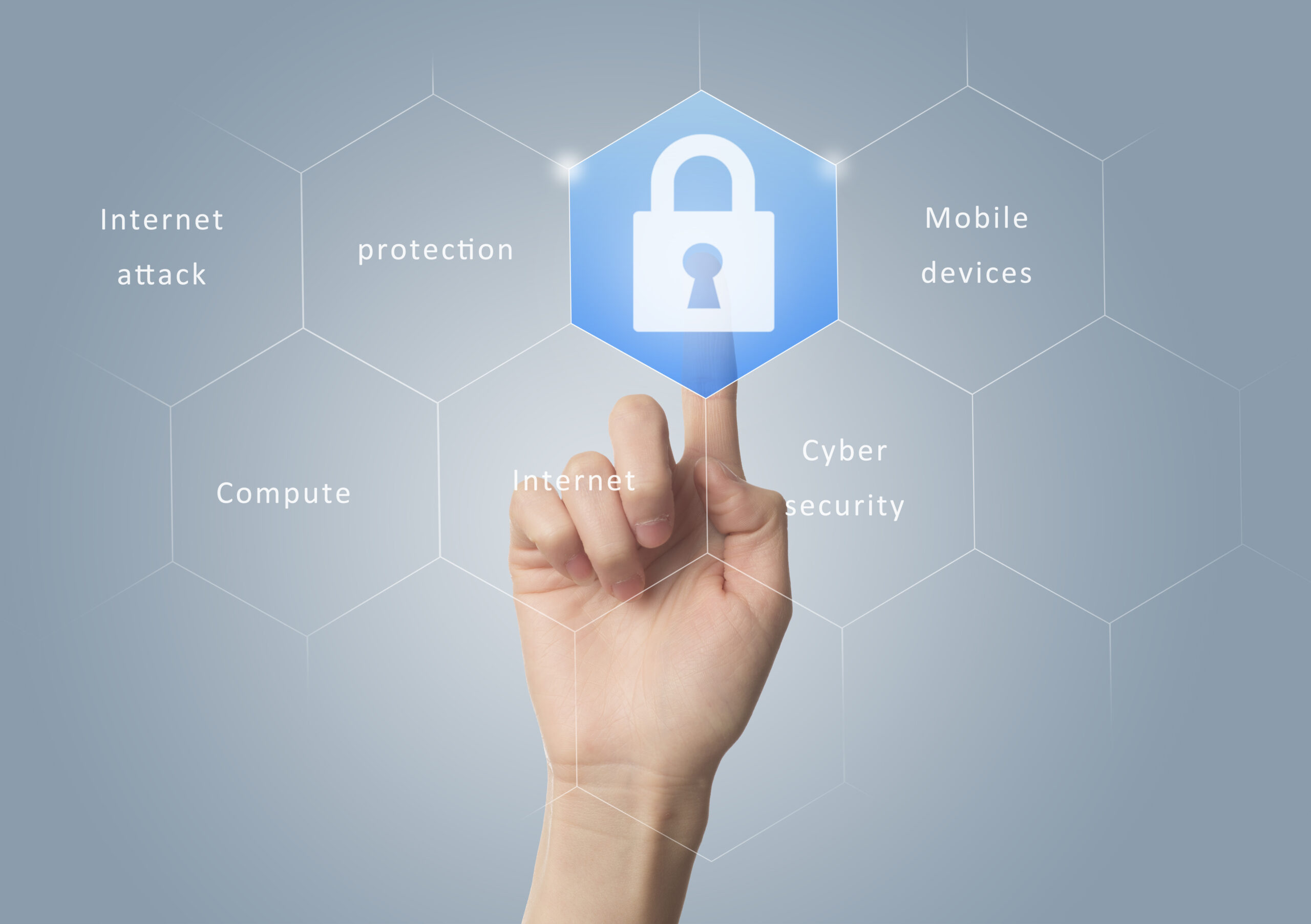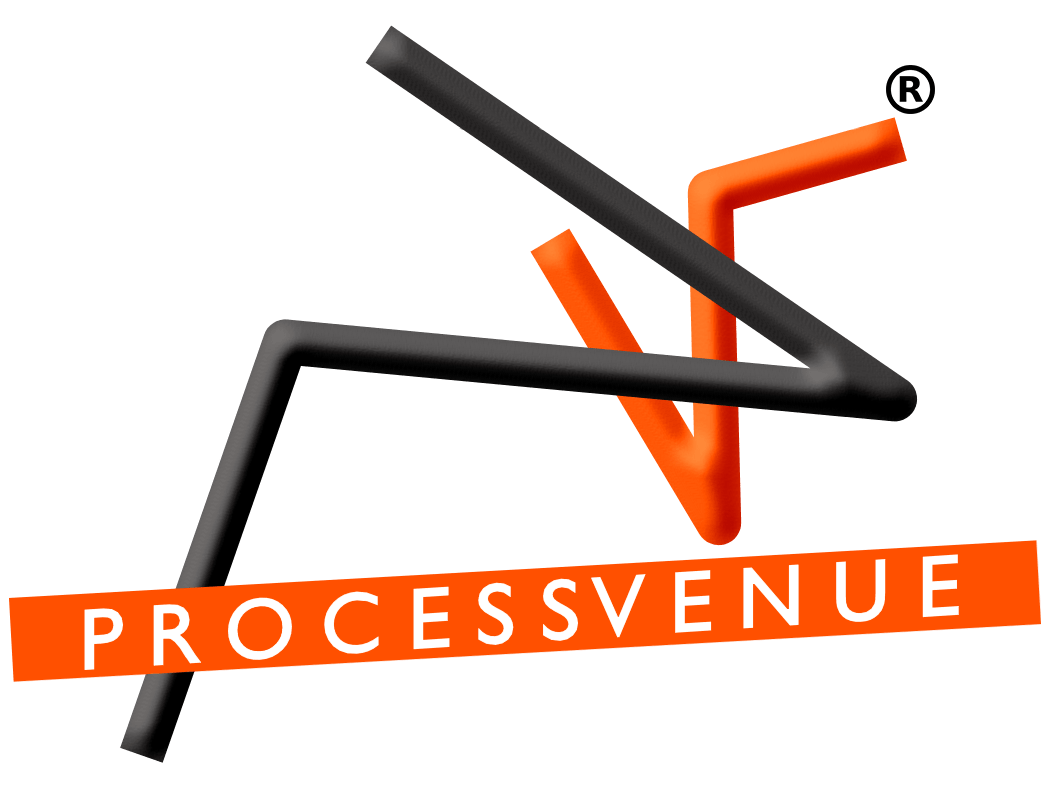
3 Reasons to Deploy Identity & Access Management
|
Getting your Trinity Audio player ready...
|
Users demand quick and easy access to systems and information whether they’re located in the office, at home or on the road.
Most organizations recognize the need for this access but realize they must balance user demands against difficult security requirements. Cybercriminals know that organizations must support remote users and attempt to exploit enterprise identity systems through the use of social engineering attacks that allow them to compromise the credentials of legitimate users and gain access to enterprise systems. In recent years, social engineering has grown into an increasingly common and effective attack vector.
The demand for secure access poses a serious challenge to IT professionals. The IT team must simultaneously meet the needs of a diverse landscape of users across numerous, disparate applications. Many scenarios arise on a daily basis that require modifications to access permissions. New users are hired and need their access provisioned quickly during their onboarding process. At the same time, current users leave an organization as part of planned retirements or sudden terminations, and they must have their access revoked. Other users change roles within an enterprise because of transfers and promotions and need their access rights updated to reflect their new positions, while removing the permissions they no longer require.
Meeting these demands across a variety of on-premises and cloud applications requires the use of agile and flexible identity and access management solutions. Identity and access management (IAM) products must be able to handle access rights for many different categories of individuals who are using a variety of devices to access different types of data and workloads. Access control systems must be able to integrate with a wide variety of existing and future information systems, allowing users access to the information they need, wherever it is stored.
Adding to the complexity of the modern identity and access management challenge, business data now exists far beyond the traditional network perimeter. While firewalls and intrusion prevention systems continue to play an important role in network security, organizations cannot depend on them to protect sensitive information that exists outside the traditional network perimeter. The risks of cloud computing and mobile devices are that these technologies spread data across a much broader area and increase the challenge of protecting access to an organization’s information.
WHAT IS IAM, AND WHY IS IT IMPORTANT?
Identity and access management is the information security discipline that allows users access to appropriate technology resources, at the right time. It incorporates three major concepts: identification, authentication and authorization. Together, these three processes combine to ensure that specified users have the access they need to do their jobs, while unauthorized users are kept away from sensitive resources and information.
When a user attempts to access a system or data, he or she first makes a claim of identity, typically by entering a username into the system. The system must then verify this claim of identity through an authentication process. Authentication may use basic knowledge-based techniques, such as passwords, or rely upon advanced technologies, such as biometric and tokenbased authentication. Once a user successfully completes the authentication process, the IAM system must then verify the user’s authorization to perform the requested activity. The fact that a user proves his or her identity is not sufficient to gain access — the system must also ensure that users perform actions only within their scope of authority.
Without a centralized approach to IAM, IT professionals must manage authentication and authorization across a large number of increasingly heterogeneous technology environments. These environments support many different business functions, some customer-facing and some meeting internal requirements. To work effectively in such an environment, the security professionals managing IAM solutions must understand not only business operations but also the ways that access to IT systems enables those operations.
Effective IAM solutions help enterprises facilitate secure, efficient access to technology resources across these diverse systems, while delivering a number of important benefits:
Improved data security
Consolidating authentication and authorization functionality on a single platform provides IT professionals with a consistent method for managing user access. When a user leaves an organization, IT administrators may revoke their access in the centralized IAM solution with the confidence that this revocation will immediately take effect across all of the technology platforms integrated with that IAM platform.
Reduced security costs
Using a single IAM platform to manage all user access allows administrators to perform their work more efficiently. A security team may have some additional upfront work integrating new systems into an IAM platform but may then dedicate time to the management of that platform, saving time and money.
More effective access to resources
When users receive access through a centralized platform, they benefit from the use of single sign-on (SSO) technology that limits the number of interactions they have with security systems and increases the likelihood that their legitimate attempts to access resources will succeed.
These three benefits combine to demonstrate the importance of centralized identity and access management to the modern enterprise.
Courtesy: Biztechmagazine
